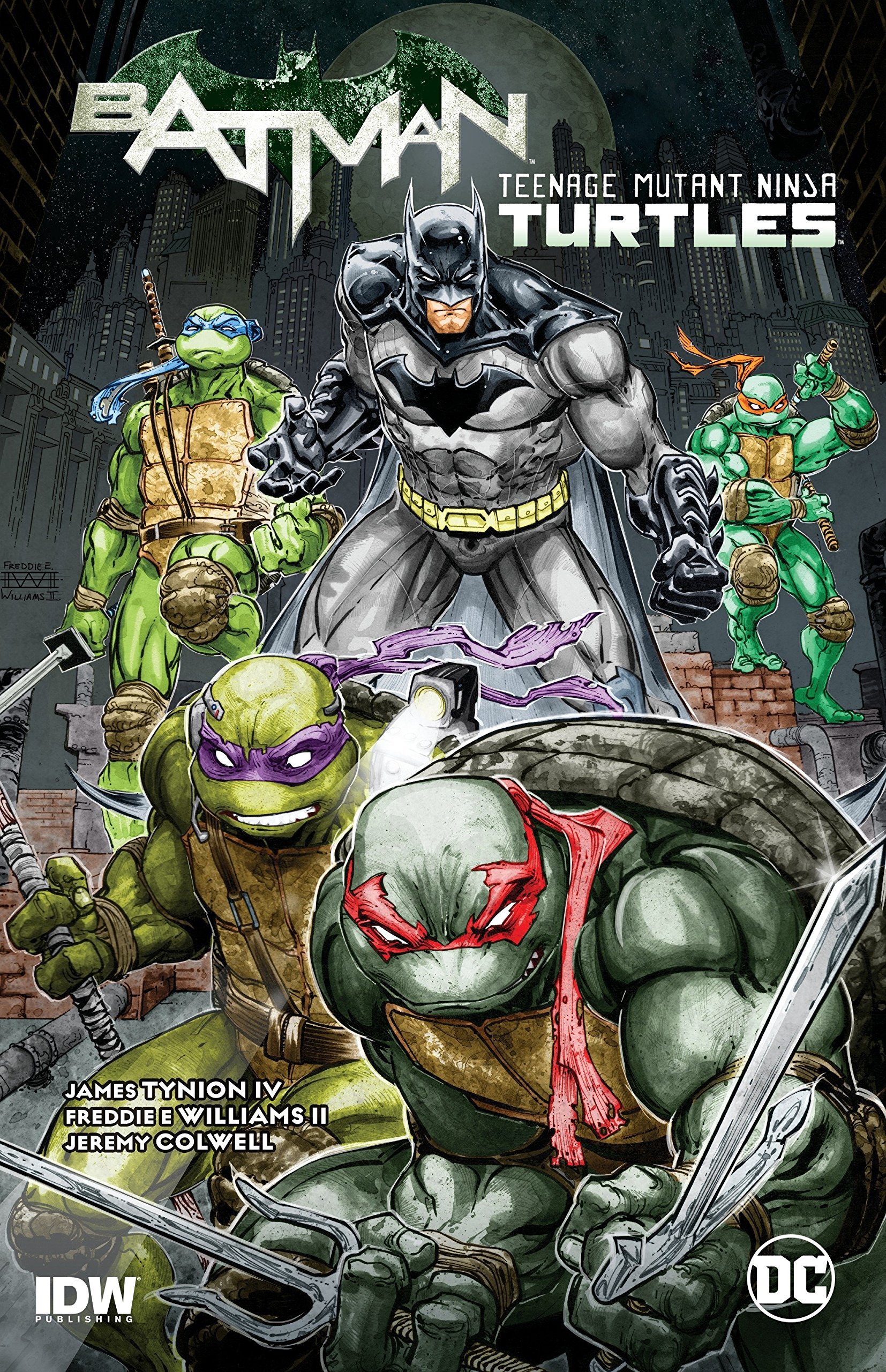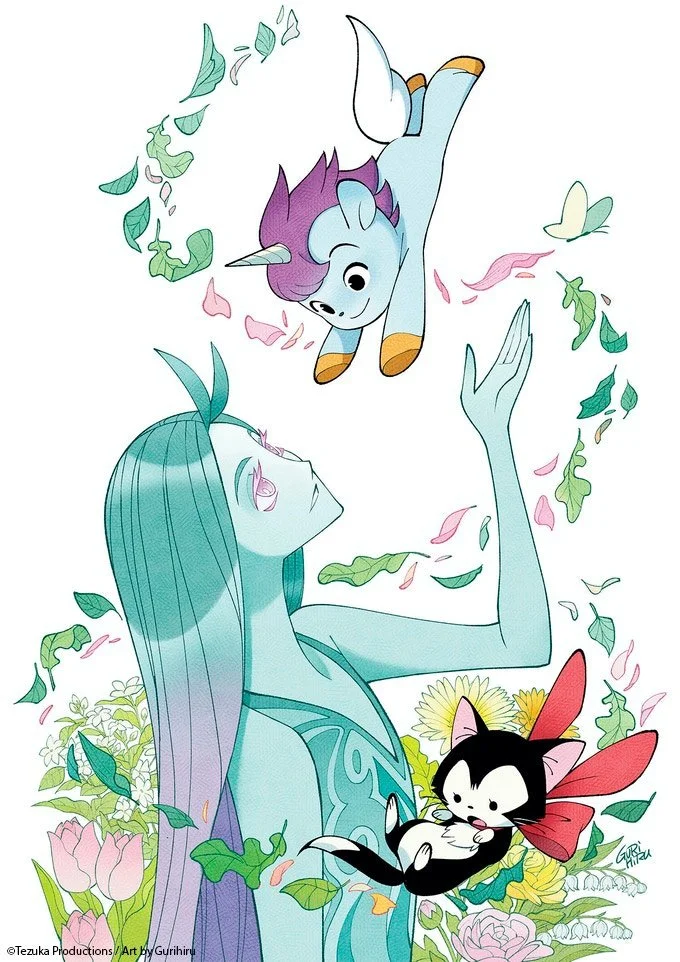Man Without Fear...By The Year: Daredevil Comics in 1997
By Bruno Savill De Jong — It’s 1997. Tony Blair’s ‘New Labour’ wins a landslide UK election, recently divorced Princess Diana dies in a car crash, the first Harry Potter book is published, and Steve Jobs returns to Apple after having been fired. People are listening to “Good Riddance (Time Of Your Life),” watching Titanic and reading Daredevil.
Written by Karl Kesel (360-364), Joe Kelly (-1, 365-370)
Illustrated Cary Nord (360-362, 364-365), Gene Colan (-1, 363, 366-368, 370), Ariel Olivetti (369)
Inks by Matt Ryan (-1, 360-362, 364-365), Al Milgrom (362), Hilary Barta (362), Cam Smith (363), Paul Neary (363), Al Williamson (366), Bud LaRosa (367-368, 370), Harry Candelario (367, 370), Pier Brito (369)
Colors by Christie ‘Max’ Scheele (-1, 360, 362-368, 370), Kevin Tinsley (361), Ian Laughlin (369)
Lettered by Jim Novak (360), Ul Higgins (361-362), Richard Starkings (-1, 363-370)
Last year brought Daredevil out from his brooding solipsistic mindset into a lighter, wise-cracking world. 1997 continues this journey, as Matt Murdock maintains a more optimistic tone, facing the world head-on instead of retreating into escapist oblivion. Not that there isn’t conflict inside 1997’s Daredevil, only that its mostly external instead of internal, existing in the interpersonal relationships spread across Daredevil and his supporting players. A repeated undercurrent this year is how the Avengers and Fantastic Four are still presumed dead, leaving Daredevil to pick up the slack. He often makes jokes about a “superhero union,” implying how when numbers are down and times are tight, you must hold onto those around you all the closer.
A prime interpersonal relationship is with Foggy Nelson, who after long periods of neglect in Daredevil’s life (and his pages) is given more attention during this period than ever before. This is refracted inside the comic, with Foggy publicly rebranded as “Daredevil’s Pal” with a close and direct line to the Hornhead. This positioning of Foggy is primarily done by his and Matt’s law partner Rosalind Sharpe, whom 1997 reveals to be Foggy’s biological mother.
This revelation is given surprisingly little impact – even Matt appears unsurprised at the reveal – with Rosalind treating Foggy with a mixture of contempt and condescension, pushing to “greatness” through hitching his wagon to Daredevil’s super-star. Foggy comedically introduces “Deuce the Devil Dog” this year as Daredevil’s potential pet companion, without realising this mascot is also what his mother is reducing him to.
Mistrust and family tension also arises in a subplot concerning the Molten Man, a reformed Spider-Man villain who hires Daredevil to prove his innocence in chemical thefts and maintain control of his boardroom. He believes the company distrusts him due to his super-criminal past (and still-brassy skin) and won’t allow him to grow into a new person. Molten Man is linked to Daredevil through his step-sister, Liz Allan, who has become romantically involved with Foggy. The web of relationships grows wider. Although Foggy’s relationship with Liz is frequently blocked due to Rosalind’s disapproval and ill-timed phone calls from Karen Page.
The mistrust of Molten Man is exacerbated by an outburst in the boardroom, caused by a paranoid chemical toxin Daredevil deduces is from his old foe Mr Fear. Mr Fear is the mastermind behind many of 1997’s subplots, including new super-villainess Insomnia, whose tragic chemical accident origins closely mirror Daredevil’s own, albeit her enhanced senses make her unable to sleep. Matt and Karen assumed Wilson Fisk is her superior – given she operates within the radio station WFSK – but she actually works for Mr Fear.
Yet despite the fact Mr Fear is a classic Daredevil villain, his presence here is unclear. The mantle of “Mr Fear” has passed down through several hands – including when the daughter of a different Mr Fear became “Shock” in 1993. The Mr Fear here seems to be Larry Cranston, last seen in Daredevil plummeting to his death way back in 1972, although his “civilian” side is rarely seen. Nor is that of a demonic Gladiator, who appears to Daredevil during an orchestrated prison riot, since Melvin Potter had apparently reformed by this point. These storylines aren’t concerned with the means and motivations behind the masks, with Mr Fear mostly a mysterious shadowy spectre who is behind the various attacks on Daredevil.
Perhaps the specifics got lost in the changeover between Karl Kesel and Joe Kelly. Kelly is best known for his contemporary run on Deadpool – which crosses over with Daredevil in Deadpool/Daredevil ’97 Annual – and strikes a similar light-hearted humour. It’s a pretty smooth transition, since Kelly has a similar tone to Kesel and picks up many of the same pieces (including Mr Fear). But perhaps it adds to the herky-jerky pace of 1997, which will pick up on threads a few issues after they were established, and each chapter feeling fairly isolated.
Kelly’s run is also accompanied by legendary artist Gene Colan, who was the penciller on Daredevil from 1966 to 1979. Colan therefore defined the look of the pre-80s, pre-Miller Daredevil, and his return to the title signals the overall retro tone the book is trying to embody. However, while Colan’s 60s output still feels fresh and revolutionary in its bold actions and dynamic angles, his 90s work holds up less well, feeling stiff and clunky. Although it does better suit Daredevil’s “Flashback” issue (stylised as issue #-1) created shortly after Kelly took the reins.
Such “Flashback” issues were a line-wide Marvel initiative that revealed untold stories of their heroes’ pasts. And Daredevil’s “A Time to Say Farewell” focuses on the underexplored period when Battlin’ Jack Murdock was bidding his son Matt off to college. It may be underexplored since in some continuities Jack Murdock is dead by the time Matt is a freshman, but Kelly has admitted to basing his story off the parts of continuity he’s most interested in (a method I approve of).
The scenario allows an exploration of working-class boxer Jack feeling insecure about his college-educated son, while still wanting the best for him, displaying an authentically embarrassing and sympathetically needy side of Jack Murdock his typically idealised, martyred presentation doesn’t given room for. Despite ending a bit conventionally – with Jack and Matt bonding over beating up some bullies, when traditionally Jack opposed Matt using any violence – “A Time to Say Farewell” is a sweet highlight of 1997 that, again, hones in on the interpersonal relationships of Daredevil.
But one of these main relationships comes courtesy of Black Widow, who after the death of her Avengers friends, has taken a hard-line stance against criminals, vowing to Daredevil to permanently end them. This actually isn’t the first time this conflict has arisen, as Daredevil partially broke up with Black Widow due to her “bloodthirsty” attitude. And now in 1997 they repeatedly come to blows due to such conflicting moralities, climaxing in Natasha shooting Matt to get him out of the way.
It is later revealed that Black Widow is on a deep undercover operation, using her apparent “dark turn” to align with a sadistic Russian General and discover his secret base. The conclusion to this sting is somewhat sloppy, since it seems Natasha keeps playing the part even once she has the General within her grasp. But it’s also hinted that Natasha is only half-pretending in her role, as she is genuinely enraged over the death of her colleague. But Daredevil manages to reach into their past connection and pull out Natasha’s heroism, staying her hand against being an executioner, and being rewarded by a kiss.
Black Widow has been one of Daredevil’s most consistent romantic foils, carrying through when they shared the book as “Daredevil and the Black Widow” into iconic Frank Miller storylines and up until now. Even if the two spend the majority of their time as close friends instead of lovers. Still, it’s a complex and thorny relationship that this recent kiss makes only more complicated, since Matt has a steady girlfriend in Karen Page. Karen was annoyed earlier when Matt simply checked on Natasha’s whereabouts, and is also vexed when he’s late for a romantic dinner (with her wearing lacy underwear), his commitment to crime-fighting once again straining their relationship.
This is a shame, insofar as J.M. DeMatties’ reinvigoration promised that Matt would no longer run away from his relationship issues with Karen, but face it head-on. Now Matt does the exact same thing of choosing superhero duties over attention to her. It’s an understandable dramatic choice, but one that’s been seen a few too many times. 1997 is not an exceptional year, but it does deepen the dynamics between the characters and help Daredevil settle into its new rhythm. And it does make sense for a year focusing on unions and interpersonal relationships to show when the ends of the web are being stretched apart.
Read classic Daredevil Comics!
Check out past installments from The Man Without Fear…By The Year!
Check out Bruno Savill De Jong’s last regular series, Gotham Central Case by Case!
Bruno Savill De Jong is a recent undergraduate of English and freelance writer on films and comics, living in London. His infrequent comics-blog is Panels are Windows and semi-frequent Twitter is BrunoSavillDeJo.













